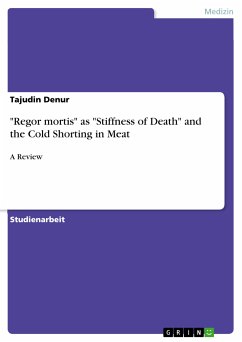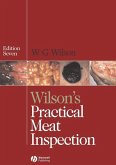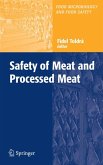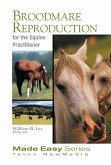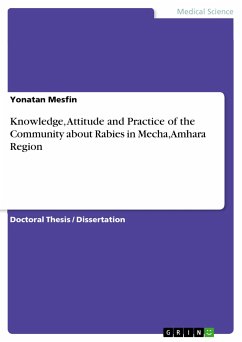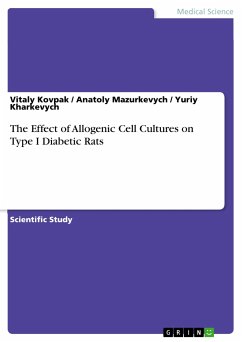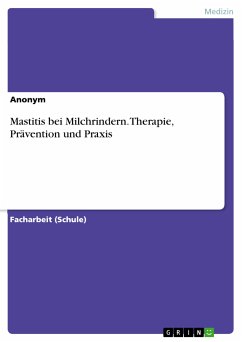Studienarbeit aus dem Jahr 2020 im Fachbereich Tiermedizin / Veterinärmedizin, , Sprache: Deutsch, Abstract: Rigor mortis is Latin for "stiffness of death". It is used medically to describe the stiffness of skeletal muscles that appears soon after death. Fully developed rigor mortis in muscle is characterized by maximum loss of extensibility. Regor mortis can be classified in to three phases, the first phase, when a well-marked rigidity was established in the muscles, the second phase, when the complete rigidity was established and the third phase, where the rigor begin to pass off. Cold-shortening occurs when muscles are exposed to low temperatures (below 10 °C to 15 °C) early post mortem, when ATP and pH levels are still high (pH above 6.2). On the other hand, rigor tension occurs much later and at any temperature between 0 ºC and 37 ºC, reaching maximum values when ATP levels have been depleted and pH is at a minimum value. Cold shortening decreases tenderness which is due to muscle fiber contractions that occur before the onset of rigor. Different carcasses in the same chiller can undergo cold shortening that deteriorate the tenderness of meat. Toughening due to cold shortening cannot be eliminated by aging of meat. A thumb rule to avoid cold shortening is that the temperature of the muscle should be kept high i-e above 10ºC till the pH of meat which is initially 7.0-7.2 at the time of death falls below 6.0.
Dieser Download kann aus rechtlichen Gründen nur mit Rechnungsadresse in A, B, BG, CY, CZ, D, DK, EW, E, FIN, F, GR, HR, H, IRL, I, LT, L, LR, M, NL, PL, P, R, S, SLO, SK ausgeliefert werden.

